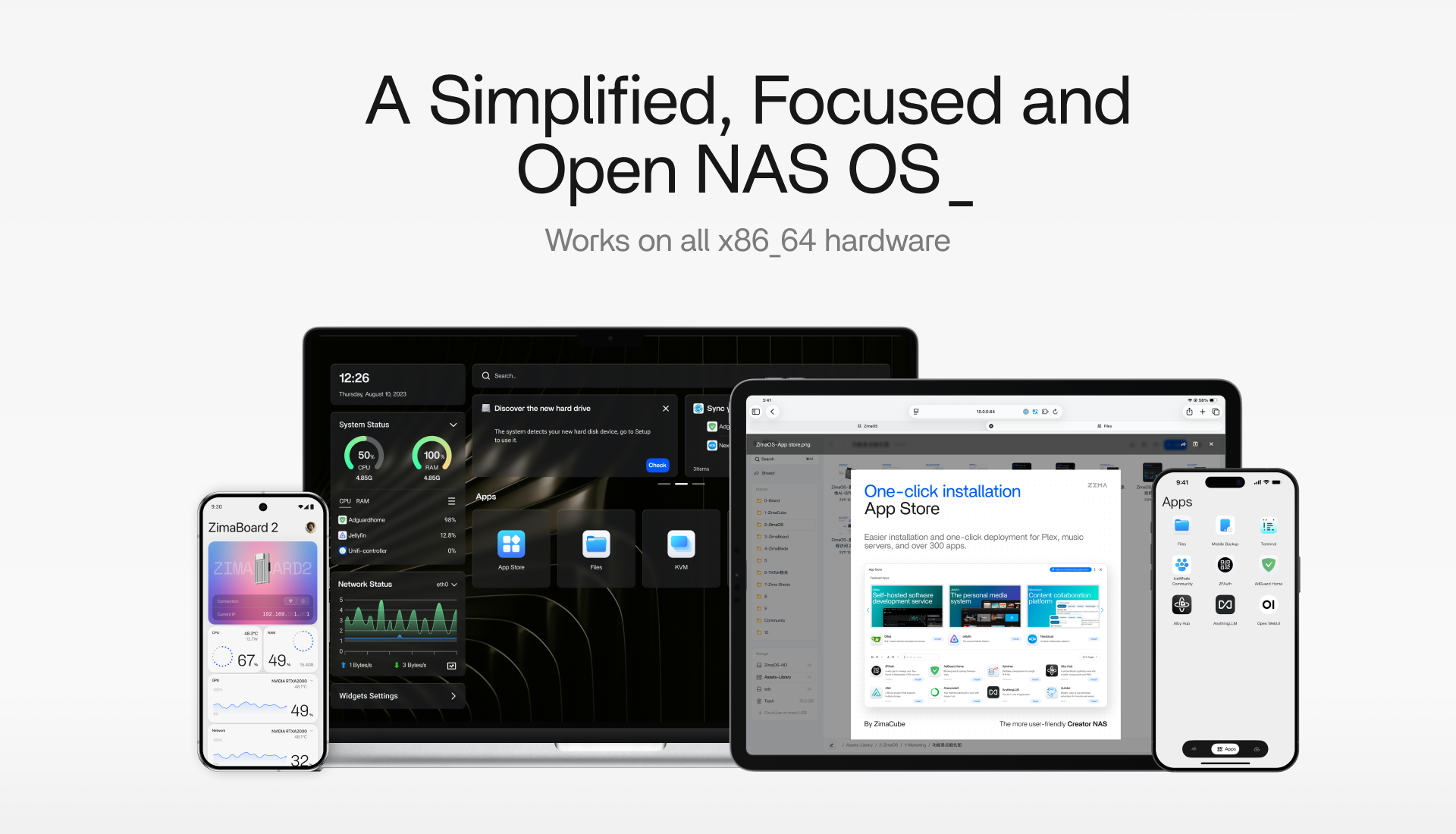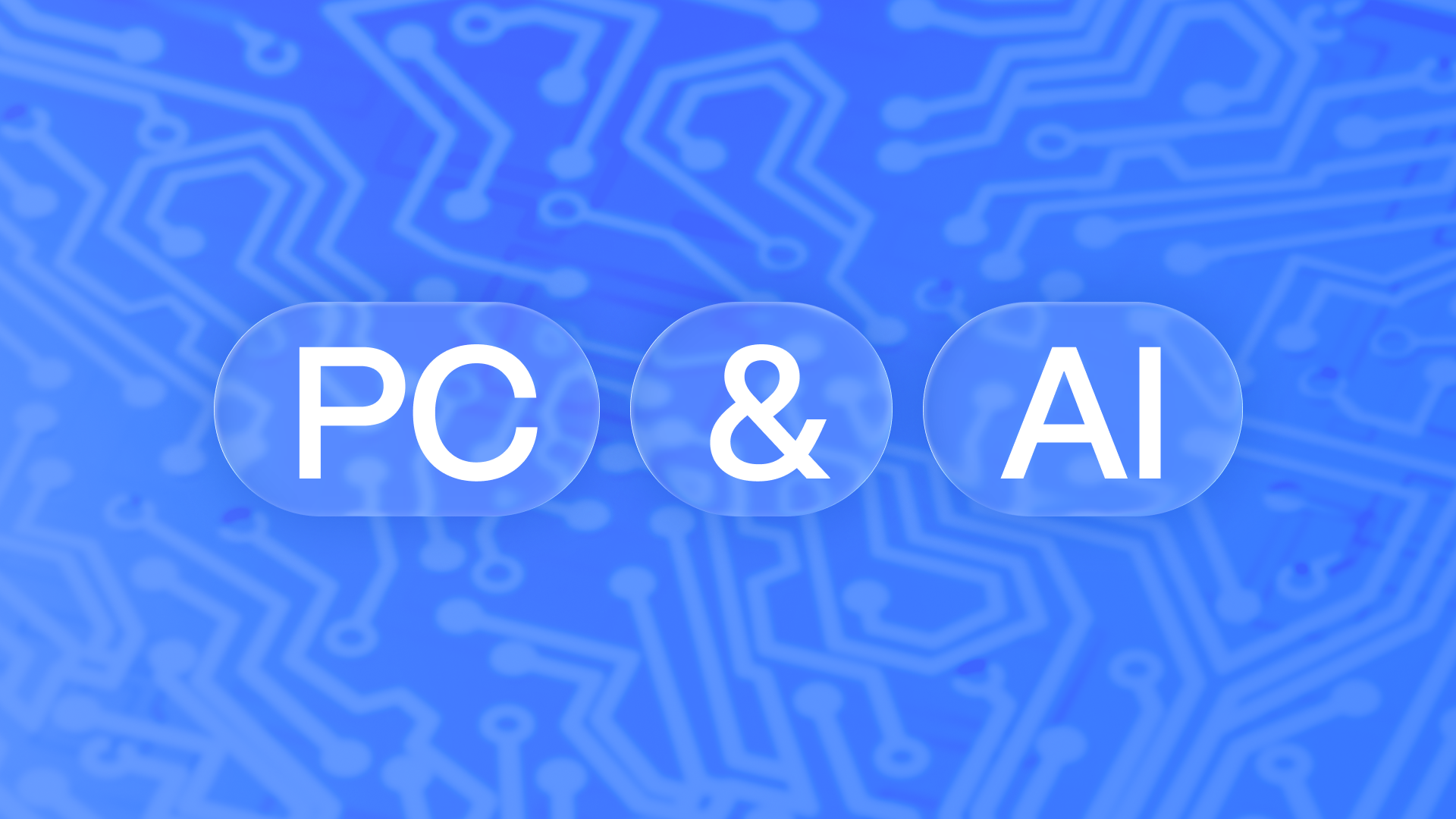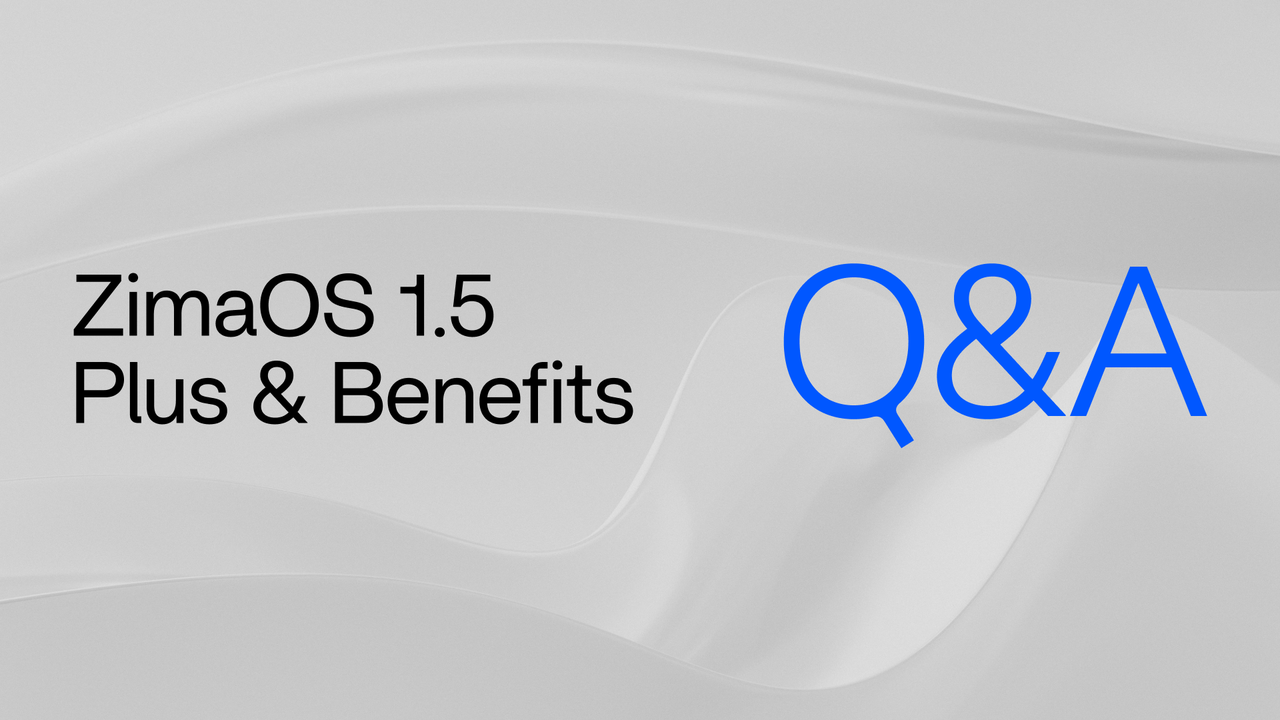Synology DSM: Shifting Toward Enterprise
For years, DiskStation Manager (DSM) set the standard in NAS OS with Hybrid RAID, stability, and a wide toolset, serving homes, studios, and businesses alike.
But with DSM 7.2.2, Synology has retired multimedia packages like Video Station and Advanced Media Extensions, signaling a pivot toward enterprise IT features. On Reddit and YouTube, users voice frustration—multimedia removal, outdated mobile apps, and slower updates leave many seeking alternatives better suited for home and creative workflows.
Meet ZimaOS: A Rising Alternative
Alongside Unraid and TrueNAS, ZimaOS is emerging fast. Born from the open-source CasaOS (2022) and backed by an active community, it emphasizes simplicity, design, and usability.
Unlike DSM’s enterprise-first focus, ZimaOS targets individuals, creators, and small teams. Its intuitive UI, quick setup, and open App Store keep it flexible. A key advantage: it can mount DSM shared folders via SMB, letting users retain Synology storage while enjoying ZimaOS’s modern interface.

We will compare ZimaOS and DSM across the following aspects of NAS OS performance and differences:
Ease of Setup: Focus on overall setup difficulty and interface design experience
Hardware Compatibility: Emphasis on DIY hardware, active third-party NAS devices, and official system support (multi-architecture, expansion cards, GPUs, etc.)
Mobile Access: As it covers 70% of our daily time, the necessity is clear. Mobile access experience and performance will be a key focus
Storage Pools & RAID: A must-discuss feature for any NAS OS
Backup: Local, high-speed, automated, and multi-platform data management is a core function for any OS
Application Ecosystem: A rich set of third-party apps keeps self-hosting and NAS full of vitality

Getting Started: Installation and Initial Setup
Synology DSM and ZimaOS offer very different onboarding paths.
DSM depends on official Synology hardware—just power on and follow the wizard to get started. Its hardware-software integration ensures stability for small businesses and users who want a worry-free setup. But this convenience comes at a cost: DSM requires Synology account binding, QuickConnect setup, and multiple advanced settings. It’s powerful yet often overwhelming, forcing users to learn technical terms to configure effectively.
ZimaOS follows a zero-hassle philosophy. Lightweight and simple to install, it emphasizes best defaults so users can deploy and use it with minimal effort. Its design is simple, focused, and open, centered on core needs and free from unnecessary complexity. For privacy, ZimaOS uses local accounts with no cloud binding. For enthusiasts and DIY builders, this lowers the barrier while keeping the fun of customization.
Hardware Support and Ecosystem Openness
The hardware gap between DSM and ZimaOS is even more striking:
DSM’s Closed Approach: Synology DSM officially runs only on Synology devices. Users who try it on third-party hardware rely on unofficial “XPEnology” builds—an option that requires extra effort and often introduces compatibility, stability, and update risks. At its core, DSM is built for enterprise applications tied to official hardware, prioritizing long-term reliability and commercial support over ecosystem openness.
ZimaOS’s Open Design: ZimaOS was built for diverse environments. It runs not only on official devices (ZimaBoard, ZimaBlade, ZimaCube) but also on standard x86_64 platforms like Intel NUCs, DIY rigs, or repurposed PCs. It supports LSI RAID cards,GPU acceleration, and peripheral expansions, enabling flexible setups for storage arrays, media processing, or AI workloads. For enthusiasts pushing performance or building custom home/studio servers, this openness is a major advantage.

Mobile Access and Remote Connectivity: Which Is More Convenient?
Mobile access is a key measure of NAS usability. DSM offers a mature suite of apps—DS File, Synology Photos, DS Video, and more—each dedicated to a specific function. Paired with QuickConnect, users can reach their NAS anytime, anywhere. This vertical app model is optimized but requires installing and maintaining multiple apps with separate setups.
ZimaOS takes a different approach with a unified client. The official ZimaClient serves as an all-in-one mobile interface. It’s leaner than Synology’s suite but focused, with added flexibility through ZimaOS’s app ecosystem. Users install just one client, bind the device, and can remotely check status, access files, and manage apps. Once paired on the local network, the client stores connection info automatically—no router port mapping or complex setup needed—enabling one-click remote access from outside.
Unlike QuickConnect, ZimaOS uses P2P encrypted direct connections, avoiding central servers while reducing latency. Community feedback highlights its stability: one user in Norway remotely accessed their ZimaOS server in Ireland via mobile roaming and could still smoothly stream surveillance video and browse files. This shows ZimaOS delivers strong performance, even under cross-border conditions.

RAID Storage Pools: Depth, Flexibility, and Reliability
RAID is more than just “disk redundancy.” It defines capacity flexibility, rebuild times, data consistency, snapshot and replication strategies, and long-term maintenance costs. Here, DSM’s two decades of enterprise experience make it an industry leader, covering the needs of businesses and IT administrators alike. By contrast, ZimaOS is currently focused on home and enthusiast use cases.
DSM offers not only traditional RAID 0/1/5/6 but also SHR/SHR-2 (Synology Hybrid RAID), which simplifies expansion and mixed-disk setups. For all-flash environments, DSM provides RAID F1, designed to extend SSD array durability. At the file system layer, Btrfs adds metadata checks, file integrity verification, snapshots, rollback, and replication, forming a full enterprise-grade data protection and recovery framework.
ZimaOS uses a visual setup wizard to simplify mainstream RAID (0/1/5 + JBOD) and has recently added RAID 6 to lower entry barriers for general users. It also supports Btrfs but lacks DSM’s advanced snapshot, rollback, and replication features. However, the team, with support from its community, has enabled ZFS and other array builds via command-line tools, extending flexibility for enthusiasts.

DSM vs. ZimaOS Backup Philosophy: Enterprise Customization vs. Automated Multi Devices and Cloud Management
In backup reliability and flexibility, DSM demonstrates its enterprise-grade depth. With tools like Hyper Backup and Cloud Sync, it builds a complex, highly customizable ecosystem. Users can design nearly any backup strategy, from fine-tuning sync threads to selectively encrypting data. This power is tailored to IT admins and advanced users, but comes with a steep learning curve.
ZimaOS, by contrast, focuses on home, enthusiast, and studio needs. It simplifies the 3-2-1 backup principle into intuitive “From” and “To” flows, making it easy to move data between local drives, USB storage, LAN NAS devices, or cloud platforms like Google Drive and Dropbox. A single app supports multiple media and strategies, offering automation and clarity. Notably, ZimaOS can even coordinate backups across Synology and cloud environments, providing openness and flexibility without unnecessary complexity.

App Ecosystem: App Store vs. Expansion Flexibility
When it comes to NAS ecosystems, DSM and ZimaOS follow very different models.
DSM is like an official flagship store: curated apps, limited customization, and strict control over third-party software. External access often requires manual port forwarding, reverse proxies, SSL certificates, or DDNS, and works best on Synology hardware. This approach fits enterprises and IT teams that value control and consistency.
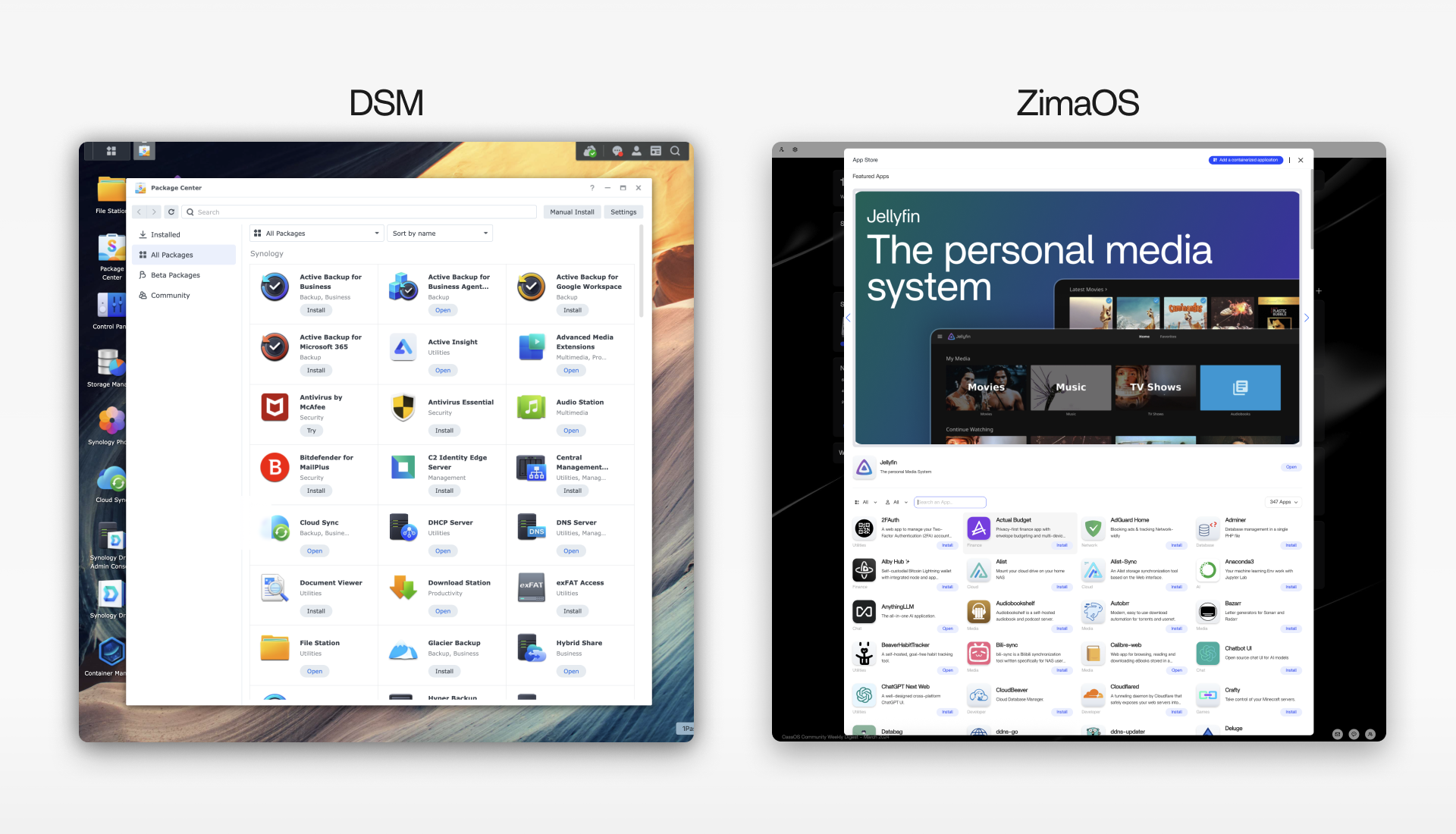
ZimaOS, by contrast, resembles an open marketplace. Built on CasaOS’s open ecosystem, it offers 400+ apps ranging from media servers to local AI, all with one-click installs. It runs on diverse hardware—even old PCs—and includes built-in encrypted P2P remote access, requiring no router setup. Apps can be customized post-install, with a GUI for container management, making flexibility accessible to non-experts. Community users often share their unique hosting setups, fueling active discussion and experimentation.
The difference comes down to philosophy: DSM enforces enterprise-level security and official signing, while ZimaOS relies on community-driven development and containerization, supporting multiple stores and broader hardware. A lot of our community members love to show off the apps they’re hosting, which kicks off some really great discussions. For instance, people share their setups for things like personal game servers, media centers using apps like Jellyfin, smart home control hubs with Home Assistant, private photo galleries with Immich, personal cloud storage using Nextcloud, and even ad blockers like AdGuard Home…
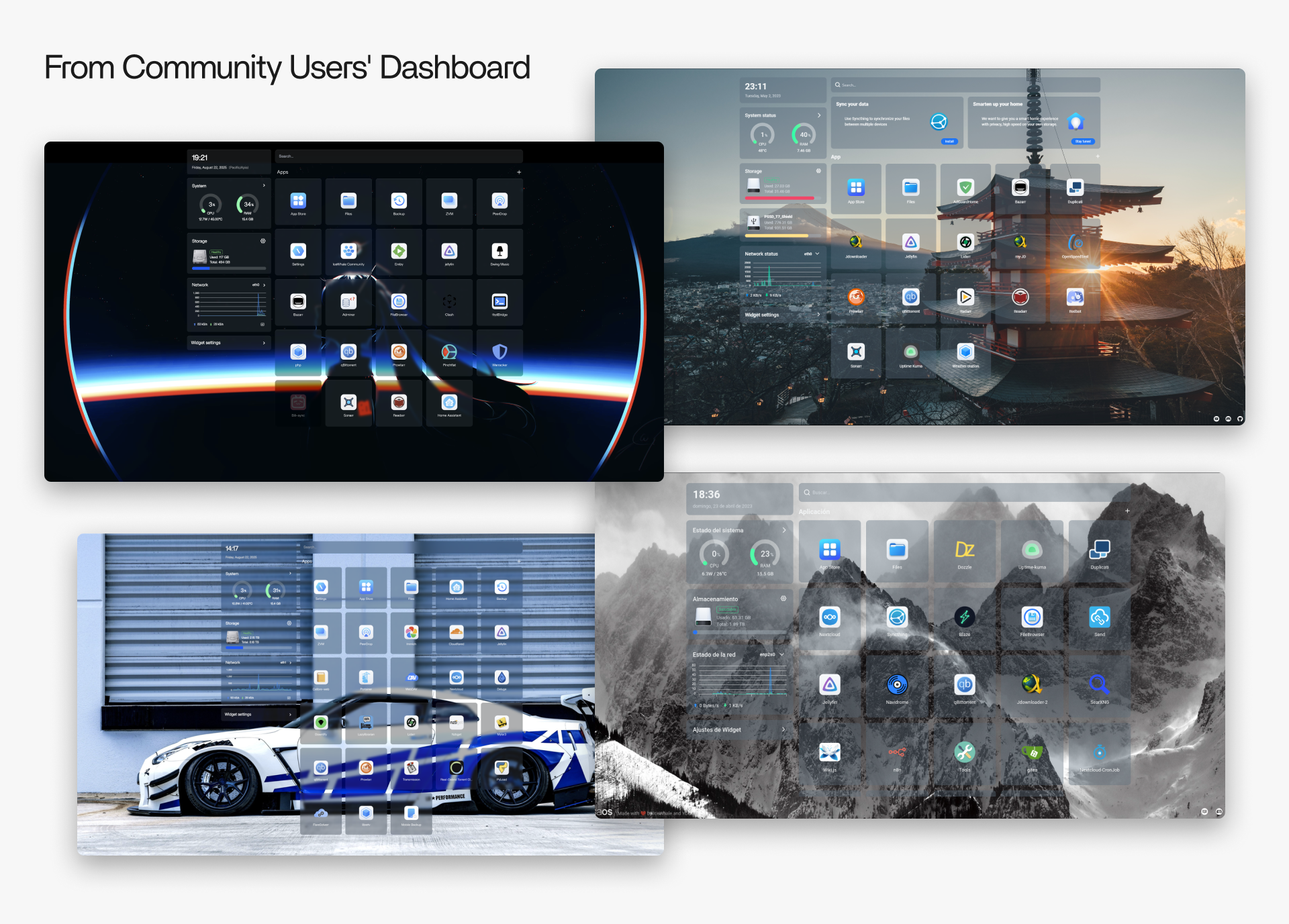
Synology’s DSM offers a tightly integrated QuickConnect for its services, but users typically need to manually configure a reverse proxy, SSL certificates, port forwarding, or DDNS. This process requires some networking expertise, making it better suited for businesses and technical teams with IT experience who want granular control over their setup.

In contrast, ZimaOS uses a built-in P2P encrypted direct connection. When paired with the official Zima Client, it allows remote access to self-hosted apps without needing to manually configure your router, providing an experience similar to local network access. The app store offers one-click installation and centralized management, significantly simplifying the entire process from deployment to maintenance. The system also handles version upgrades and common parameter optimizations automatically. This makes it a great choice for individual developers, homelab enthusiasts, and content creators who want to get their applications up and running quickly and focus on using the apps rather than dealing with the underlying configurations.

One-Table Overview: Overall Performance of DSM vs. ZimaOS
| Dimension | Synology DSM (The Established King) | ZimaOS (The Rising Force) |
|---|
| 🧩 Ease of Setup | Out-of-the-box, enterprise-grade stability; higher learning curve for configuration | User-focused, minimal installation, quick start, best defaults, streamlined experience |
| 🖥️ Hardware Openness | Closed ecosystem, limited to official hardware; third-party compatibility only via unofficial methods | Highly open, runs on any x86 device; community-driven support for expansion cards and peripherals |
| 📲 Remote Access | Multiple apps required; QuickConnect offers convenience but adds setup layers | Unified client with P2P direct connections; one-click secure remote access |
| 💾 Storage Features | Comprehensive and advanced; SHR/SHR-2, Btrfs snapshots, deep enterprise-grade options | Covers mainstream needs; visual RAID setup simplifies use, promising roadmap |
| 📂 Backup Functions | Multiple apps, highly customizable; professional-grade but complex | Simple and intuitive; built on 3-2-1 principle; one app manages backups across cloud, LAN, local drives, and mobile/laptops |
| 🛍️ App Ecosystem | “Officially curated” store; stable but restrictive, with limited customization | “Open community” store; 400+ apps, one-click installs, flexible container configs, highly active user contributions |
| Best Fit | Designed for enterprise scenarios; strong base of professional users | A new-generation system with thoughtful design; ideal for studios, enthusiasts, DIY builders, and privacy-focused home users |
Strengths, Use Cases, and a Transforming 2026
A side-by-side comparison makes it clear: Synology DSM and ZimaOS represent two very different paths. DSM is the seasoned king, offering a polished, stable experience and strong official support. For users who value reliability and peace of mind, a Synology NAS delivers an out-of-the-box solution with proven RAID protection and a wide suite of features.
ZimaOS, meanwhile, is about flexibility and innovation. It appeals to explorers, developers, and cost-conscious users. Have an idle PC or server and want to turn it into a private cloud at zero cost? ZimaOS is a friendly option. Frustrated with Synology’s recent “step backwards”? Then ZimaOS’s open, fast-iterating platform may be exactly what you’re looking for. Community feedback shows rapid development, frequent updates, and growing maturity.
Over the past two years, the NAS market has been reshaped by the flood of mobile imaging data and the rise of localAI automation. In an era where big models and corporations dominate data management, more users want their own space, their own private cloud, their own secure memory vault. A system that is intelligent, integrates with SaaS and cloud services, manages home or studio data automatically, and remains safe, local, reliable, and fast.
These shifts are driving competition and innovation. They are user-driven, exploration-driven, and community-driven. Whether DSM or ZimaOS, this rivalry ultimately delivers better products and digital experiences for you. We invite you to join this co-creation journey: explore ZimaOS’s latest features, design concepts, and real-world use cases—and try a new kind of NAS OS for yourself.
Join 👉our community and stay updated with ZimaOS.
It all started with an observation: in the next decade, could every household have a small private cloud device? This could serve as a data asset manager for individuals and small organizations, the hub of a smart home, or even a local AI-powered Jarvis. You might call it a NAS, a home server, or something else, but we believe what truly matters is granting everyone the right to their own cloud.
![]() Lauren Pan - Sep 10, 2025
Lauren Pan - Sep 10, 2025











